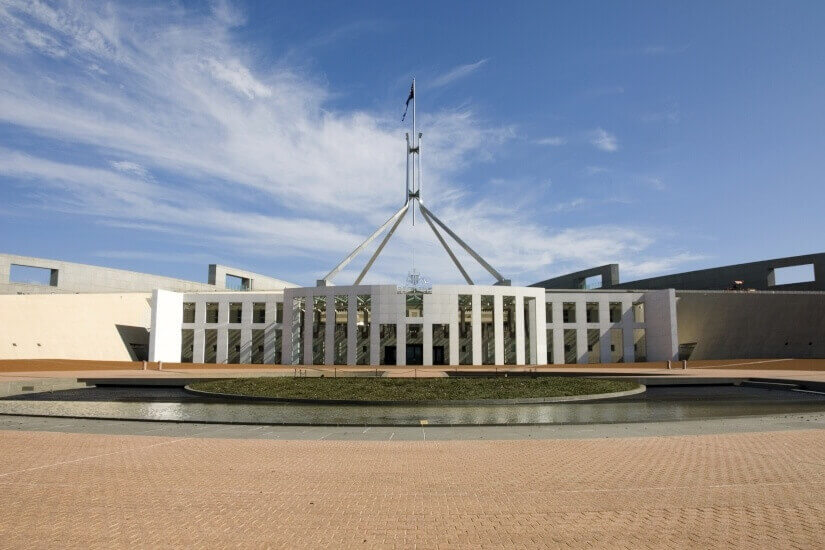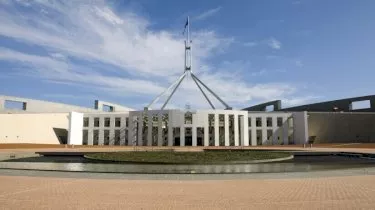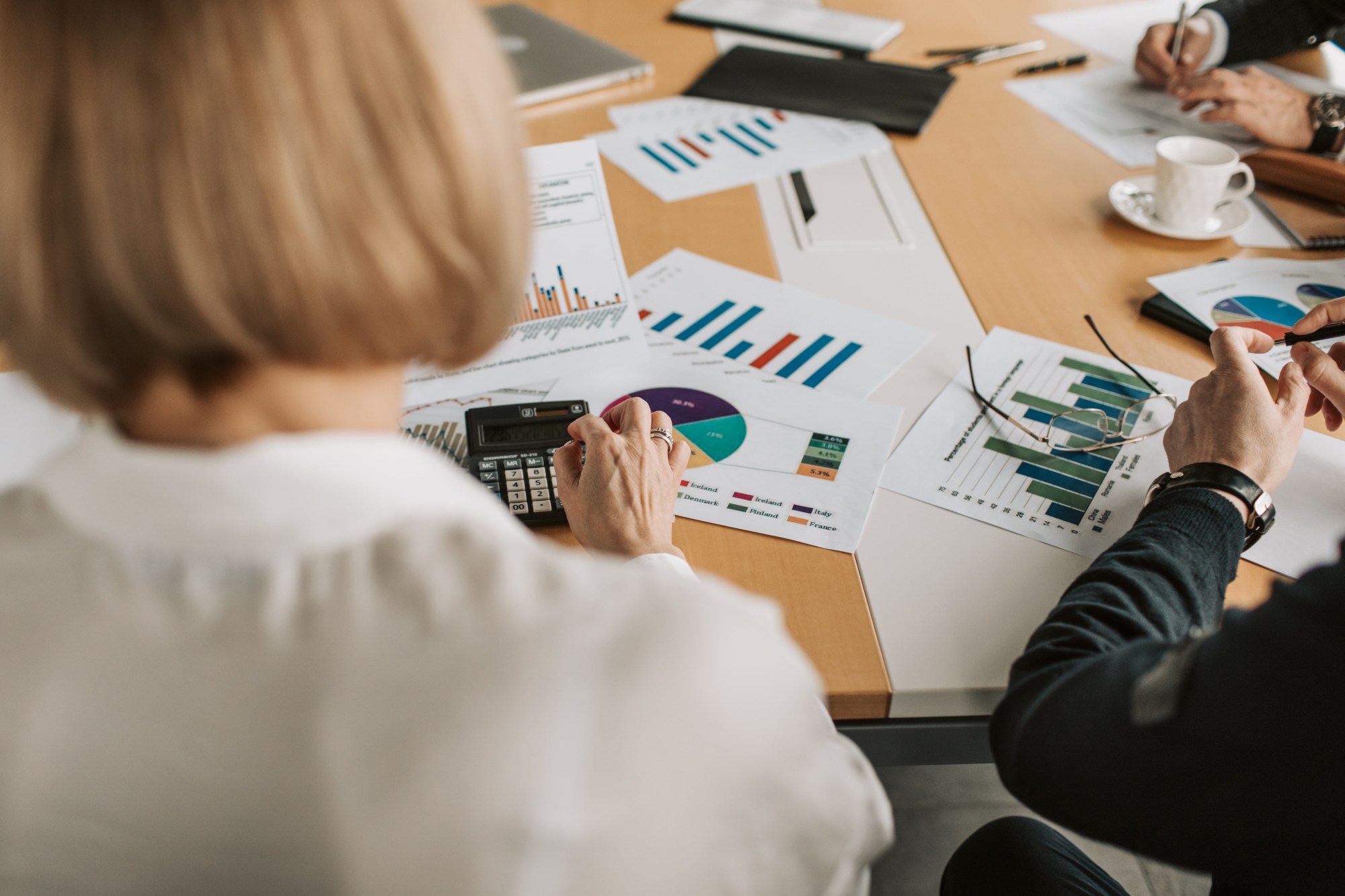Retirement
Big economic events to watch for in 2019
As the holiday period draws to a close, savvy investors will be looking ahead at the major events both here and abroad that are likely to shape the Australian economy this year. We spoke with AMP Capital’s chief economist, Shane Oliver, to find out a few key market forces he’ll be watching closely in 2019.
Big economic events to watch for in 2019
As the holiday period draws to a close, savvy investors will be looking ahead at the major events both here and abroad that are likely to shape the Australian economy this year. We spoke with AMP Capital’s chief economist, Shane Oliver, to find out a few key market forces he’ll be watching closely in 2019.

- The federal election
According to Mr Oliver, Australia’s May federal election should be followed carefully by investors as the strong philosophical divide between the two major parties could see a range of implications for the economy.
“There’s quite a big difference in philosophy between Liberal and Labor. It’s probably a bigger difference than we’ve seen in any election since the 1970s, so that’s a potential impact,” he said.
“The main issues there are, obviously, [Labor’s] changes to negative gearing and capital gains tax regarding property, which could have a negative impact on property investor demand and further push property prices down.
“Labor [will also] see a bigger government and higher taxes than Liberals are seeing. The higher tax take under Labor could potentially have negative consequences to businesses and also higher income earners. Higher income earners might be less incentivised to work [to the same extent they do now], for example.

“There’s also issues regarding intervention in the economy. Labor, I think, will probably be even more interventionist in certain sectors than the Liberal coalition is. Energy is probably a key example of that, where even the current government is advocating quite strong intervention in the free working of the economy. That might ramp up under Labor.”
- The Australian housing downturn
Mr Oliver says the current housing downturn affecting markets Australia-wide will be another factor to watch, as consumer spending will likely be impacted by the hit to household wealth.
“If house prices come down, people feel less wealthy and they cut their spending. They’re less inclined to run down their savings rate to make up for any weakness in wages,” he said.
“So, there’s a lot of issues around that and, related to that, the credit tightening. Seeing whether the banks loosen up again, or whether the credit tightening continues.”
- The US debt ceiling
Of note also will be changes to the US debt ceiling, as Mr Oliver says President Trump will likely move to increase the legislative limit on the amount of US national debt incurred.
“That could create another bout of argy-bargy between Trump and Congress, Republicans and Democrats in US government,” Mr Oliver predicts.
- Fed rate hikes
Mr Oliver says although the US Federal Reserve will most likely continue with its policy of rate hikes throughout the year, he foresees these increases will come at a much slower pace than in 2018.
“The Fed has already raised interest rates eight times from the low point in 2015, and I suspect they’ll have a little bit further to go but they’ll also probably have a pause at times through next year,” he said.
“So, the rate hikes in the US might come more slowly than they have last year.
“This is very important, because if the Fed is raising interest rates less quickly, then it might remove some of the upwards pressure on the value of the US dollar.
- The China/US trade war
Investors are encouraged to keep an eye out for 1 March, as the end of President Xi Jinping’s and President Trump’s 90-day negation period will provide insight into future global growth.
“There’s uncertainty about how or if the global economy will continue to slow down over this year. So far, over the last few months it’s been slowing down, so that’s obviously affecting investment markets,” he said.
“If that trade situation [the US/China trade war] isn’t resolved, then there will probably be even more concern in markets about global growth next year.
“Obviously, Australia would be vulnerable if Chinese growth is hit further because of our dependence on China for exports.”
- China’s slowdown
Building on that, the strategies the Chinese government adopts to combat this economic slowdown will be followed closely, as Mr Oliver highlights the far-reaching effect Chinese domestic policy could have on Australia’s economy.
“Obviously, we’ll be looking at that, because if China continues to slow and they don’t stabilise their growth rate then it will have a negative impact on Australia,” he said.
- Fiscal pressures in Europe
Finally, Mr Oliver says there are a number of significant political events on the horizon that could put pressure on global markets and, in turn, impact the Australian economy.
“In Europe, there’s a few issues with the elections in Spain and Italy, and the Italian budget yet to be fully resolved,” he said.
“Also, what happens with Macron. A year ago, Macron was a hero – the ‘anti-Trump’ so to speak – and now it seems to not be turning out so well with the protests.
“I think one thing you need to see in Europe is more fiscal stimulus, which would partly have to come from Germany.”
Australia’s general outlook
Despite these potential issues, Mr Oliver says overall the Australian economy will fare ‘okay’ in 2019.
Based off the impact of falling housing markets, he says the Reserve Bank’s prediction of 3.5 per cent growth may be overstated, which, in turn, could cause the unemployment rate to stall.
“I think growth in Australia will be relatively constrained at around 2.5 to 3 per cent,” Mr Oliver said.
“The Reserve Bank has been expecting something stronger, at around 3.5 per cent, but that looks to be wishful thinking.
“As house prices come off, that will weigh on consumer spending as we go through the year and people feel less well off.
“If it’s around 2.5 to 3 per cent it probably means the unemployment rate won’t go down much from here and we will continue to have relatively high underemployment. This will mean wages growth probably won’t accelerate much, which ultimately, will keep inflation down and cause the Reserve Bank to cut interest rates again from 1.5 now to a low at the end of this year of about 1 per cent.”
Mr Oliver says there are some positive economic factors that will support growth, however, with the business and infrastructure sectors performing well.
“The flipside though is that business investment is looking like it’s starting to grow again and infrastructure spending is very strong, helping to support growth.”

Retirement Planning
Empowering your future: Financial literacy and retirement planning in Australia
In today’s complex financial landscape, achieving a secure and comfortable retirement requires more than just saving money. It demands a deep understanding of financial concepts and the ability to ...Read more

Retirement Planning
How much do you need to retire comfortably in Australia?
Retiring comfortably in Australia is a goal shared by many, but achieving this requires careful financial planning and a clear understanding of the cost of living. Read more

Retirement Planning
Retirement planning advice for Australians: Avoiding common pitfalls
Retirement planning is a critical step in securing your financial future, but it's fraught with potential pitfalls that can derail even the best-laid plans. Read more

Retirement Planning
Mastering financial planning for retirement in Australia
Financial planning for retirement is a nuanced journey that requires careful consideration and strategic planning, particularly in Australia's unique financial landscape. Read more

Retirement Planning
Crafting your retirement planning spreadsheet in Australia
Retirement planning is a crucial aspect of financial management, especially in Australia where the landscape of superannuation and investments offers unique opportunities and challenges. Read more

Retirement Planning
Maximising your pension plan in Australia: Strategies for a comfortable retirement
In the ever-evolving landscape of retirement planning in Australia, securing a comfortable retirement through your pension plan has become increasingly important. Read more

Retirement Planning
Supporting our veterans: A guide to financial resources and benefits
Military veterans have made invaluable contributions to their country, and in recognition of their service, there are numerous financial resources and benefits available to support them in civilian ...Read more

Retirement Planning
The ultimate retirement planning checklist for Australians
Retirement planning is a multifaceted process that demands careful attention to financial, legal, and personal considerations. Read more

Retirement Planning
Empowering your future: Financial literacy and retirement planning in Australia
In today’s complex financial landscape, achieving a secure and comfortable retirement requires more than just saving money. It demands a deep understanding of financial concepts and the ability to ...Read more

Retirement Planning
How much do you need to retire comfortably in Australia?
Retiring comfortably in Australia is a goal shared by many, but achieving this requires careful financial planning and a clear understanding of the cost of living. Read more

Retirement Planning
Retirement planning advice for Australians: Avoiding common pitfalls
Retirement planning is a critical step in securing your financial future, but it's fraught with potential pitfalls that can derail even the best-laid plans. Read more

Retirement Planning
Mastering financial planning for retirement in Australia
Financial planning for retirement is a nuanced journey that requires careful consideration and strategic planning, particularly in Australia's unique financial landscape. Read more

Retirement Planning
Crafting your retirement planning spreadsheet in Australia
Retirement planning is a crucial aspect of financial management, especially in Australia where the landscape of superannuation and investments offers unique opportunities and challenges. Read more

Retirement Planning
Maximising your pension plan in Australia: Strategies for a comfortable retirement
In the ever-evolving landscape of retirement planning in Australia, securing a comfortable retirement through your pension plan has become increasingly important. Read more

Retirement Planning
Supporting our veterans: A guide to financial resources and benefits
Military veterans have made invaluable contributions to their country, and in recognition of their service, there are numerous financial resources and benefits available to support them in civilian ...Read more

Retirement Planning
The ultimate retirement planning checklist for Australians
Retirement planning is a multifaceted process that demands careful attention to financial, legal, and personal considerations. Read more






